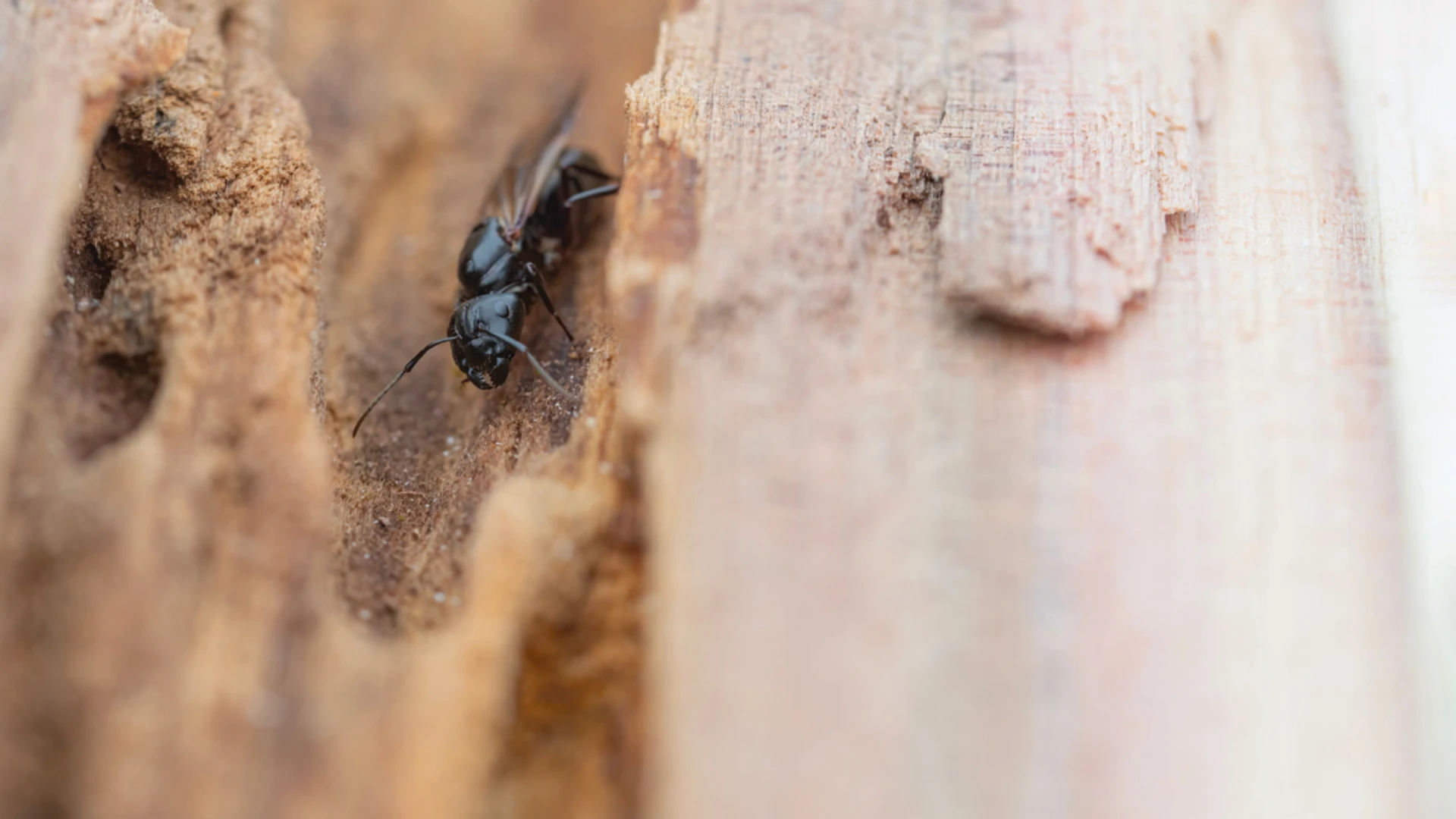
Stoy Hedges
SAN FRANCISCO - The invasive Turkestan cockroach, Blatta lateralis, has gone from exotic to commonplace in many parts of California, taking over in habitats formerly occupied by the oriental cockroach.
As reported in the San Francisco Chronicle, seven years ago, Alameda County’s Vector Control Services received no calls involving the Turkestan cockroaches, said Daniel Wilson, a spokesperson for the agency. In the past 18 months, the agency has received 33 calls for Turkestan roaches, which are distinguished by their rusty red color and the fact that they are primarily outdoor roaches.
These rises in numbers come as no surprise to California pest management professionals; those who spoke with PCT said Turkestan roach populations have skyrocketed in the past 5-10 years.
Darren Van Steenwyk, director of learning and technical services, Clark Pest Control, Lodi, Calif., said Clark technicians first observed Turkestan cockroaches in locations where they were displacing oriental cockroaches, but now “they are found in a lot of places where oriental roaches weren’t found. For example, we have lots of customers that never dealt with oriental roaches that are finding Turkestan roaches in structures, in their garages, or in their warehouses.”
Van Steenwyk said oriental cockroaches are more prolific in milder, more humid areas of California (e.g., coastal areas) while Turkestan roaches are thriving in hotter and drier areas such as Northern California’s central valley and the Inland Empire area in Southern California. Van Steenwyk said Clark Pest Control has been training its service technicians on distinguishing between Turkestan and oriental cockroaches, including creating internal collateral materials for them to have as references.
A PCO in the Inland Empire area is Jim Harmon, owner of California Pest Management, La Verne, Calif. He said he thinks homeowners may have inadvertently spread the roach throughout his service area after purchasing mulch from one of the many nurseries in Riverside, Calif. He also said residents will purchase Turkestan roaches to use as lizard food, which may be a factor in their increased numbers.
Harmon said he thinks an important reason why Turkestan cockroaches are displacing oriental roaches is because they lay more eggs, resulting in larger numbers than oriental roaches.
Another pest management professional in Southern California who has observed an uptick in Turkestan cockroaches is Greg Bausch, operations manager of American City Pest & Termite, Los Angeles. “I do see them coming across my desk more and more, and I also think sometimes technicians are misidentifying them as oriental cockroaches,” said Bausch.
In the state’s capital, Sacramento, Jim Steed of Neighborly Pest Management, said his company does a significant amount of Turkestan cockroach work. Steed said his company has contracts with both sewer districts in Sacramento (100,000 manhole covers) treating for Turkestan roaches using a variety of applications.
“In sewers, for example, they have been progressively increasing to the point where the population sizes are so large that they're pushing out of the sewers and into homes and people are calling now,” said Steed, who added that unlike other commonly encountered roaches (e.g., American and Oriental) that would spend time in sewers and move to other locations, Turkestan roaches seem content to harbor in the sewers.
The Turkestan cockroach was first identified in California in 1978. Entomologists, including, Dr. Mike Rust, University of California, Riverside, believe this species was introduced with military personnel or equipment returning to the United States from overseas deployments in the Middle East and Central Asia. Additionally, Turkestan cockroaches are widely available online and a common food source for reptiles; a factor that may have accelerated their spread.
Latest from Pest Control Technology
- Rose Pest Solutions Becomes Official Pest Provider of Chicago Fire FC
- WSPMA Hosts Legislative Day at Washington State Capitol
- A-1 Pest Control Marks 59 years in Business
- Hawaii PCO Shares Regulatory Challenges, Business Impacts from Lahaina Wildfires
- 5 Tips for Reducing Waste in the Office and in the Field
- OvoControl Now Available in Chile
- Envu Announces Savings Programs for Pest Management Professionals
- Follow the Trail





